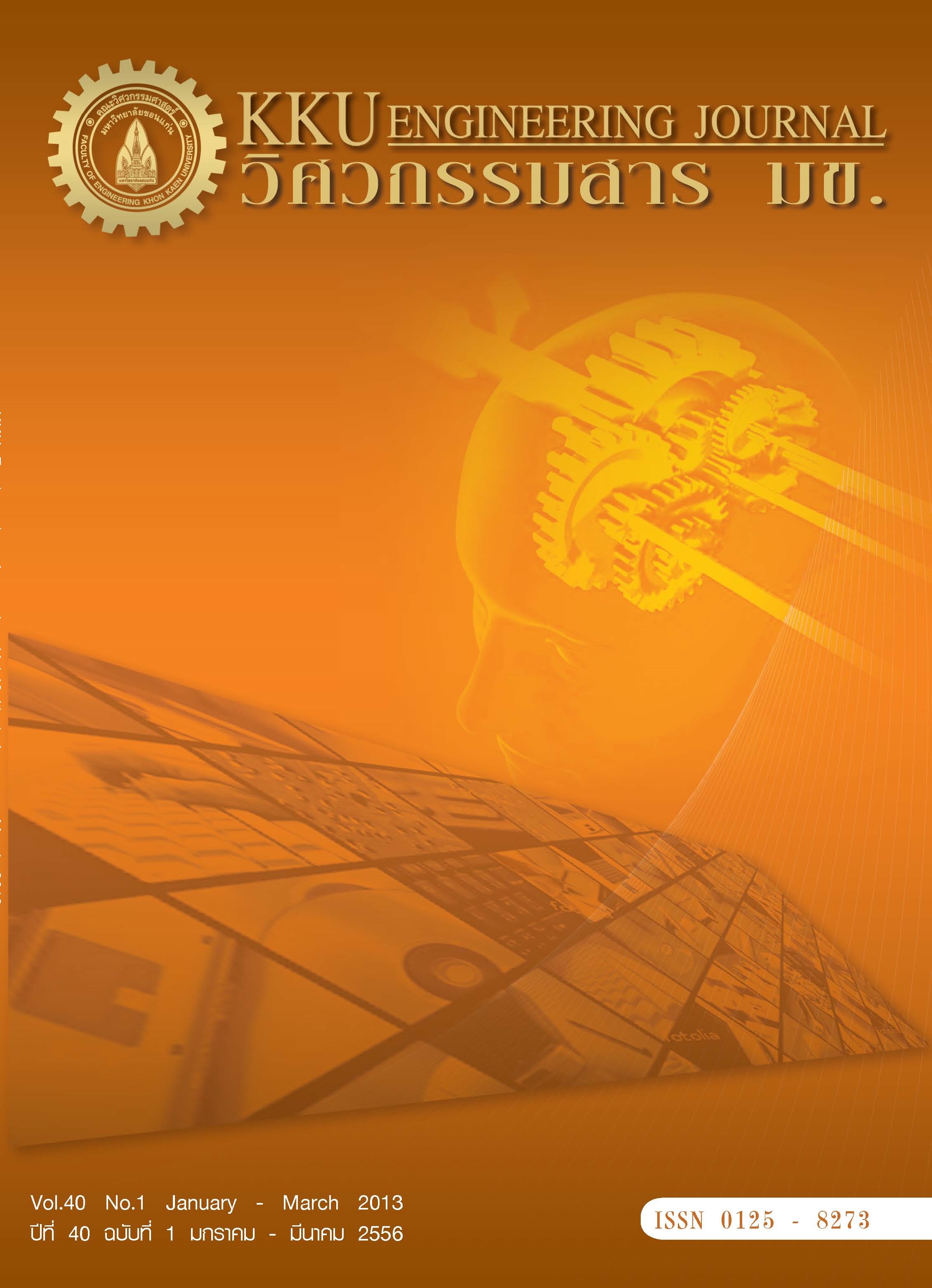In situ transmission electron microscopy studies of nanomaterials’ structure-property relationships (review article)
Main Article Content
Abstract
In situ transmission electron microscopy (TEM)-based experiments have shown to be powerful and reliable ways
to study nanomaterials. By combining high-resolution TEM characterization and property measurements on a
unique platform, scientists can get deep insights of structure-property relationship at the nanoscale. Modern
dedicated TEM holders with precise manipulating capability have opened a new realm of possibilities of what
can be done under the microscope. This paper aims to highlights the past, present and future of these exciting
methods based on in situ TEM in the last decade. The topics of interest include tensile testing of carbon nanotubes,
compression testing of nanostructures, and phase transformations in metallic nanoparticles. The key points of all
experiments discussed are that the measurement data are acquired on an individual nanostructure level under
ultimately high spatial resolution achievable in TEM, and thus can directly be linked to the dynamic structural and
physical states of a given nanomaterial. The success of these in situ TEM based analysis should clear up
discrepancies in experimental data obtained from indirect measurements of nanomaterials’ properties in literature,
and allow engineers to design new devices/products corresponding to the real nanomaterials’ potentials.
to study nanomaterials. By combining high-resolution TEM characterization and property measurements on a
unique platform, scientists can get deep insights of structure-property relationship at the nanoscale. Modern
dedicated TEM holders with precise manipulating capability have opened a new realm of possibilities of what
can be done under the microscope. This paper aims to highlights the past, present and future of these exciting
methods based on in situ TEM in the last decade. The topics of interest include tensile testing of carbon nanotubes,
compression testing of nanostructures, and phase transformations in metallic nanoparticles. The key points of all
experiments discussed are that the measurement data are acquired on an individual nanostructure level under
ultimately high spatial resolution achievable in TEM, and thus can directly be linked to the dynamic structural and
physical states of a given nanomaterial. The success of these in situ TEM based analysis should clear up
discrepancies in experimental data obtained from indirect measurements of nanomaterials’ properties in literature,
and allow engineers to design new devices/products corresponding to the real nanomaterials’ potentials.
Article Details
How to Cite
Jaroenapibal, P. (2013). In situ transmission electron microscopy studies of nanomaterials’ structure-property relationships (review article). Engineering and Applied Science Research, 40(1), 131–138. retrieved from https://ph01.tci-thaijo.org/index.php/easr/article/view/8575
Issue
Section
REVIEW ARTICLES
This work is licensed under a Creative Commons Attribution-NonCommercial-NoDerivatives 4.0 International License.



